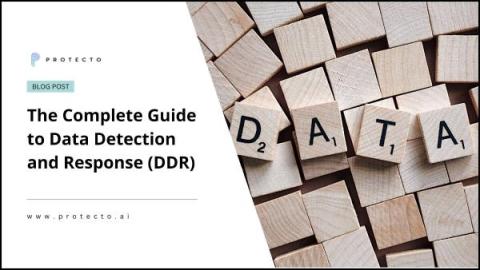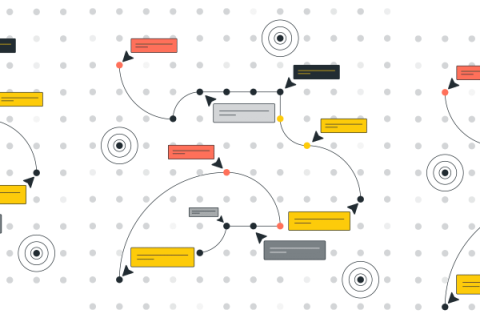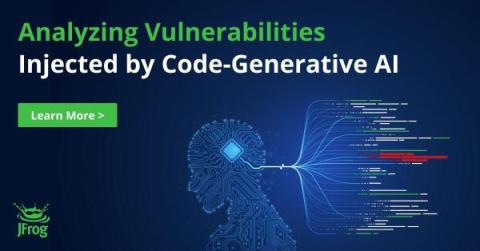Snyk & Atlassian: How to embed security in AI-assisted software development
Adding AI to your software development life cycle (SDLC) comes with great opportunities — and great dangers. Is the risk worth the reward? This was the topic of conversation when Sascha Wiswedel, Senior Solutions Engineer at Atlassian, and Simon Maple, Principal Developer Advocate at Snyk, teamed up to discuss security in the (AI-assisted) software development lifecycle.











